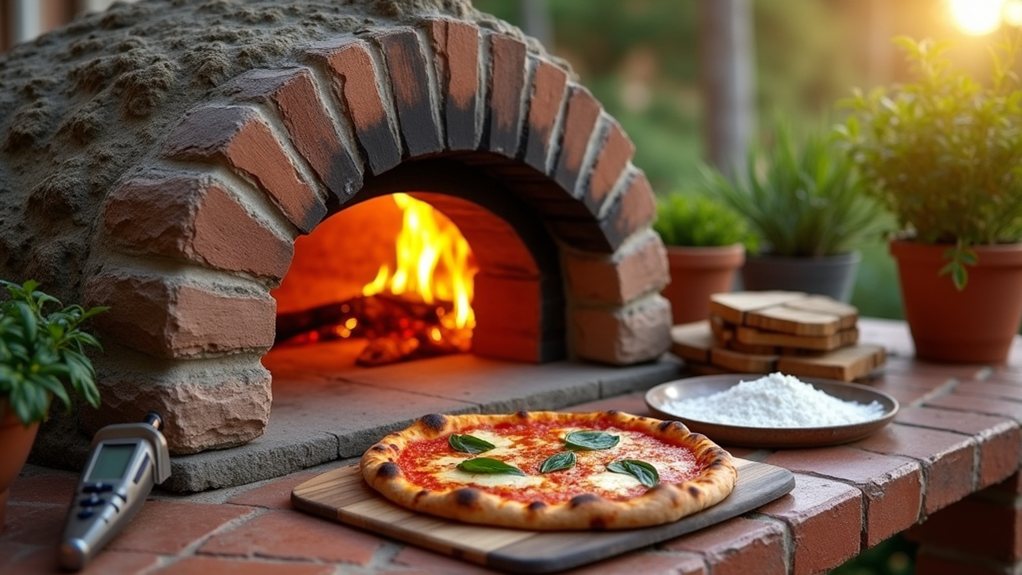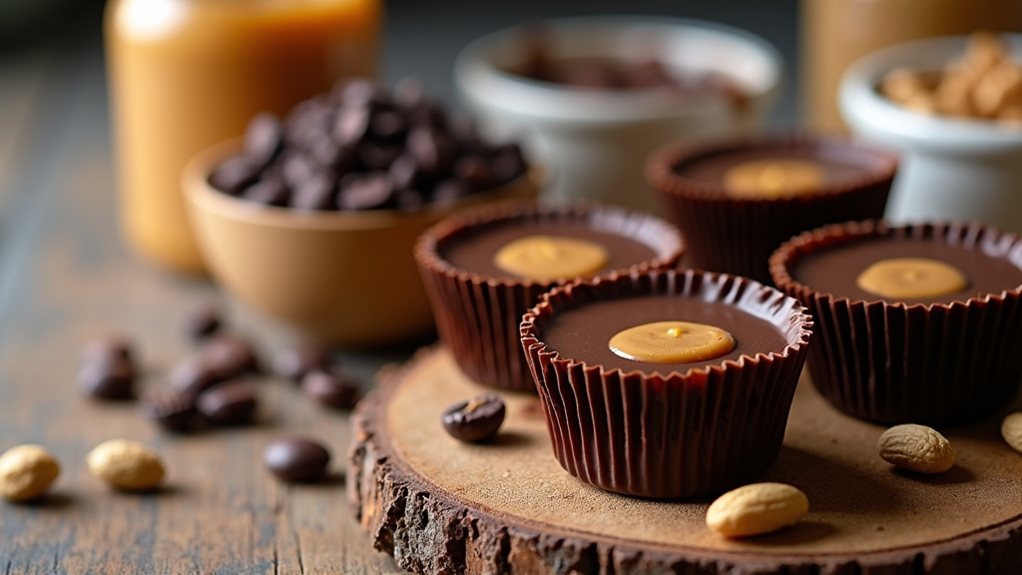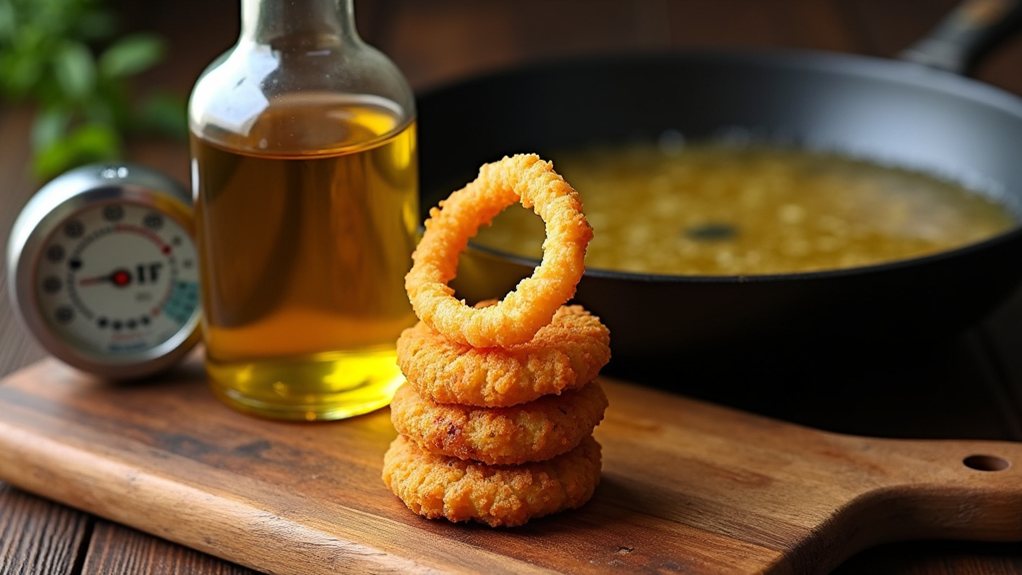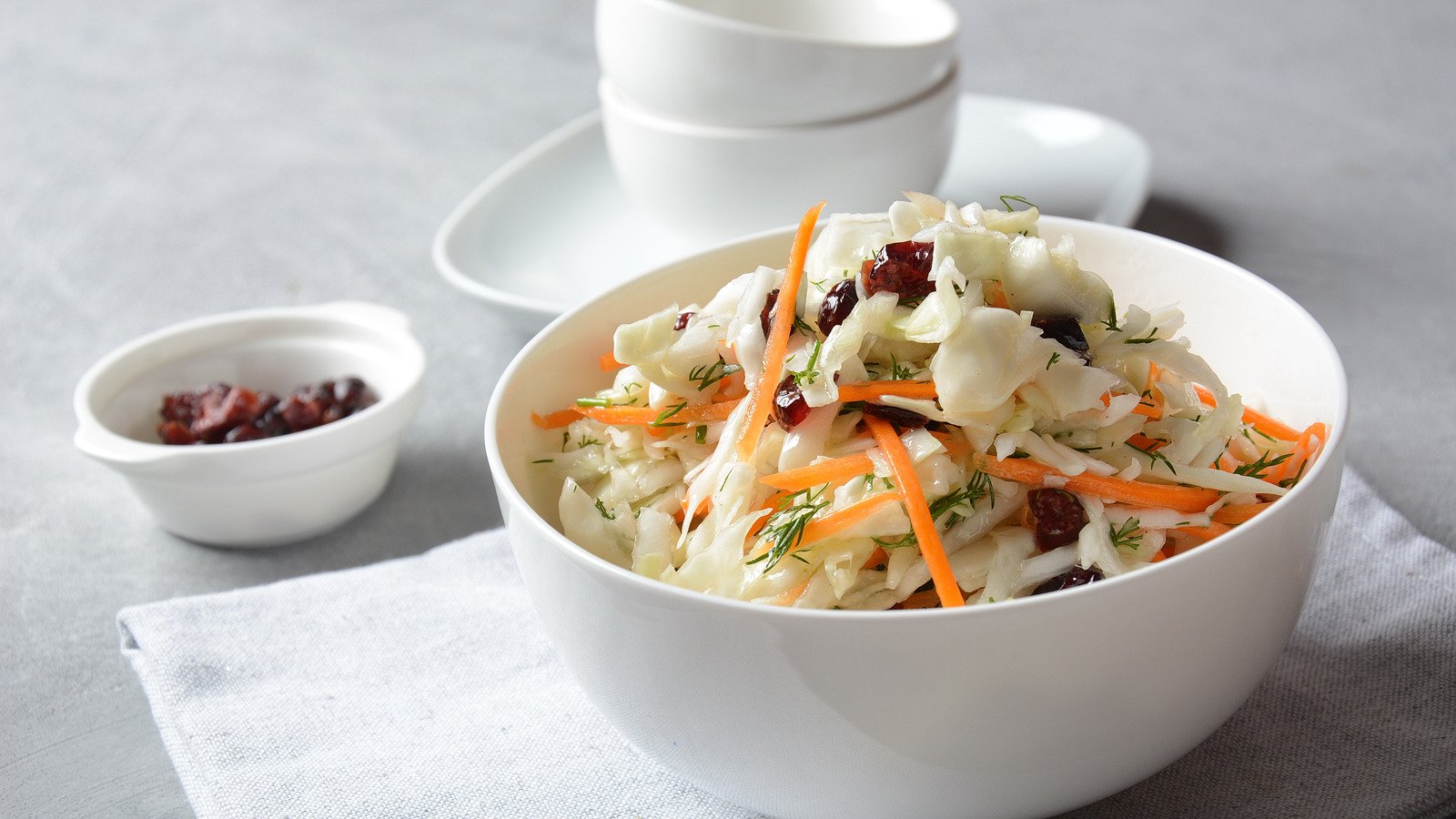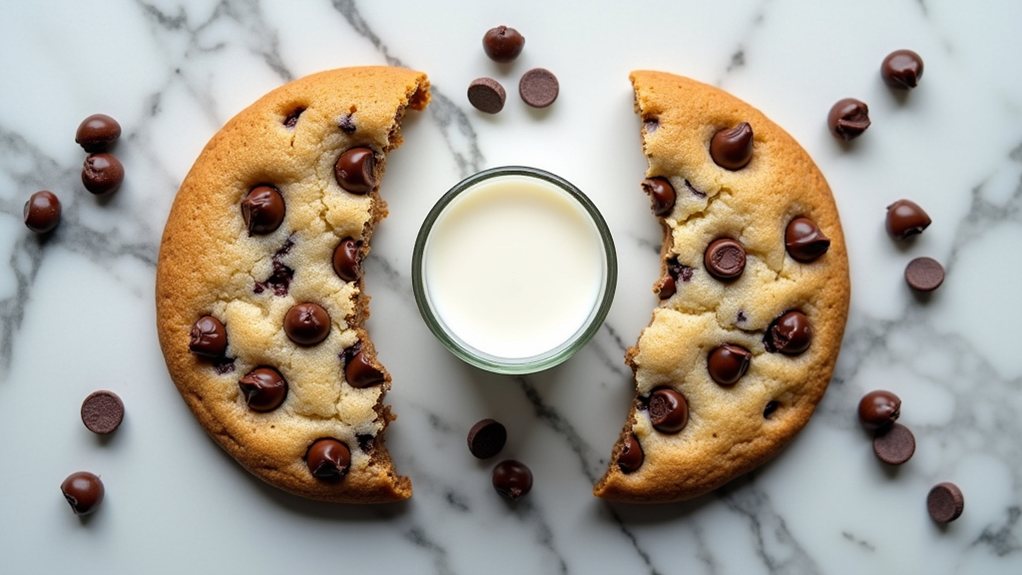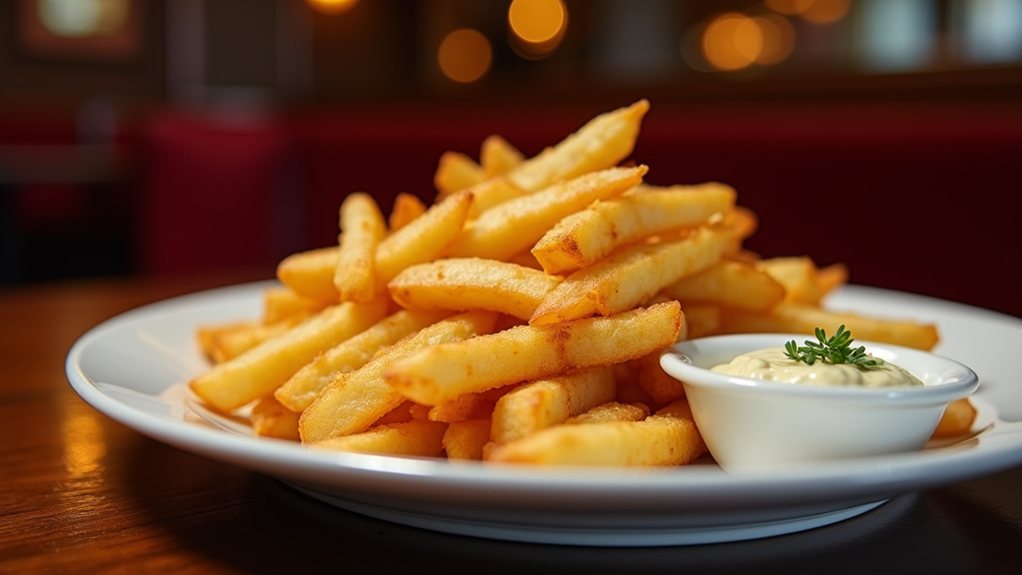Mastering an outdoor pizza oven requires more than just enthusiasm—it demands technique, patience, and attention to detail. Home pizza makers often struggle with uneven cooking, soggy centers, or burnt crusts that diminish their culinary efforts. Proper setup, temperature control, and ingredient selection form the foundation of consistently excellent results. The difference between mediocre homemade pizza and restaurant-quality pies often lies in a handful of adjustments that experienced outdoor oven users have refined through years of trial and error.
Setting Up Your Outdoor Pizza Oven
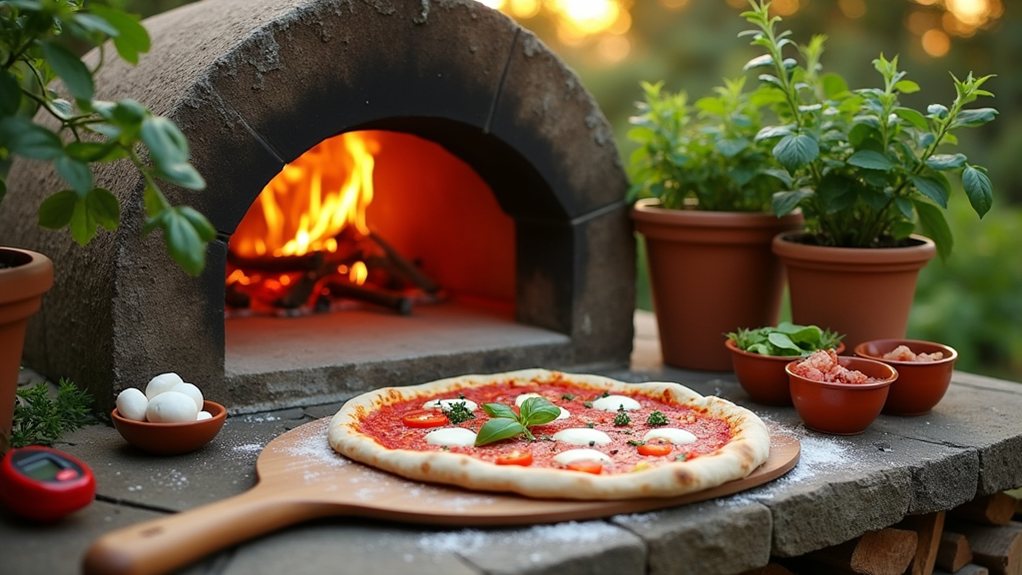
While many homeowners dream of creating restaurant-quality pizzas at home, an outdoor pizza oven can transform this aspiration into delicious reality with proper setup and technique.
Installation begins with selecting a flat, stable area that maintains a safe distance from flammable materials, guaranteeing the oven is positioned for proper ventilation to disperse smoke effectively. The foundation should consist of heat-resistant materials capable of supporting the oven's weight, which varies based on the type chosen.
Wood-fired ovens create that sought-after authentic Neapolitan-style pizza with smoky flavor and crispy crust, while gas options offer convenience and temperature precision. Electric models provide consistent cooking environments, and hybrid versions combine wood and gas for versatility. Just as Traeger grills use hardwood pellets for optimal flavor profiles in grilled foods, selecting the right wood for your pizza oven significantly impacts taste. Similar to air frying technology, proper hot air circulation ensures even cooking throughout your pizza. Regularly checking the heat retention capability of your oven ensures it maintains the necessary temperature throughout the cooking process. Regardless of the type selected, proper preheating is vital for ideal results.
Most outdoor pizza ovens require temperatures between 800°F and 1000°F, a range best verified using an infrared thermometer. New ovens should undergo a careful curing process to prevent structural damage, and hardwoods like oak or maple burn longer and impart better flavor than softer varieties.
Temperature management continues to be crucial throughout the cooking process, as heat must remain consistent for evenly cooked pizzas. For optimal results, consider turning the pizza every 10 to 20 seconds to ensure even browning and prevent burning.
Successful pizza-making also depends on proper tools and techniques. A wooden peel makes transferring the raw pizza into the oven smoother, while a metal turning peel helps with rotation for even cooking. High-protein flour creates dough with better elasticity, and fresh ingredients enhance flavor considerably. The baking stone absorbs moisture from the dough, creating that desirable crisp crust.
Maintenance guarantees longevity of the outdoor pizza oven. Regular cleaning with neutral soap and water, thorough drying to prevent rust, and stone maintenance through high-temperature exposure all contribute to ideal performance.
During off-seasons or extended periods without use, covering the oven protects it from weather damage. With these fundamentals in place, backyard pizza-making becomes not just possible but consistently impressive.
